Dior: The Day the Hem Stood Out
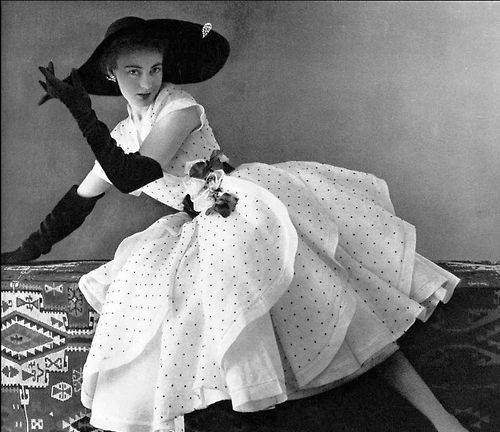
by Frankie Lopez. Published June 29, 2018, as a Facebook note.
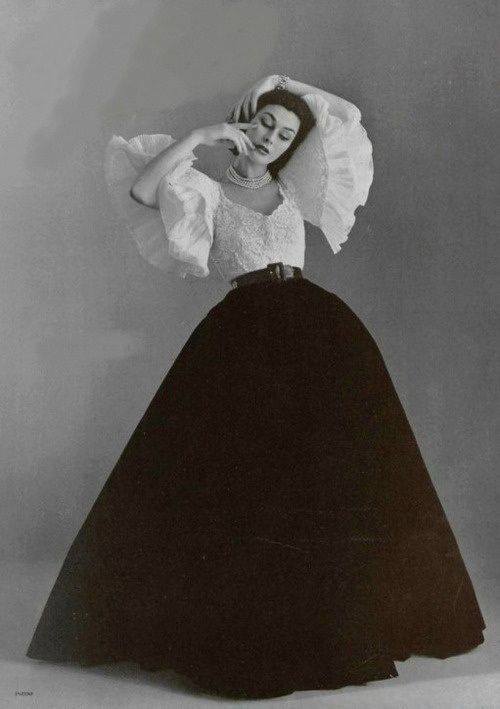
Post World War II, Europe and America were still reeling from devastation. Cars, clothes, rubber, and other consumables continued to be monitored and rationed. On either side of the Atlantic, wearing clothing that squandered fabric was considered unpatriotic and wasteful. Fashion was of secondary concern, and the style at the time was observed to be “as outdated as last year’s bombs” (Vogue 1946).
Enter Christian Dior
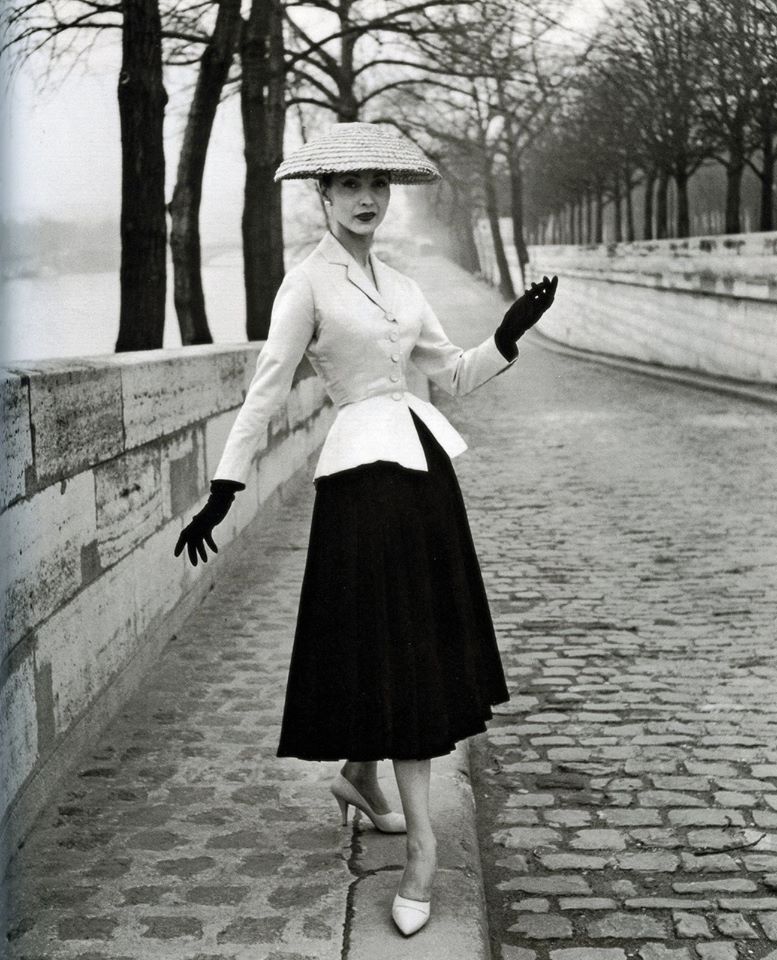
1947 marked the launch of his Christian Dior’s line, Corolle, which defined what would become known as the New Look. The dresses from this collection are quintessentially 1950’s – large sweeping skirts, teeny-tiny waists, and full busts with a slightly relaxed shoulder. As the models strutted down the carpet to premier the line, their voluminous skirts toppled ashtray, knocked over glasses, and the room went wild (Sinclair 2015). These dresses were unapologetically fabulous, with hemlines dropping well past regulation length, and *gasp* dozens upon dozens of yards of fabric in them. Structured bodices and jackets were fitted and feminine.
The austerity of wartime was laid to rest under six feet of petticoats.
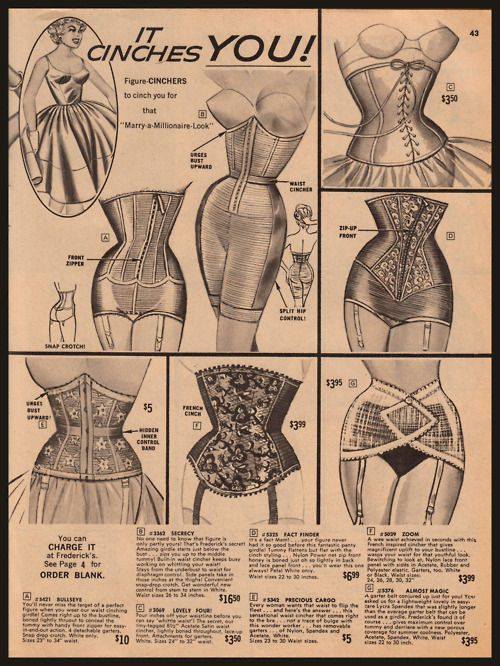
From toe to… um, well, you know… foundation garments were the very core of any 50’s look.
The cinch being, naturally, the waist. Dior worshiped the feminine form, but he, and his contemporaries, loved to manipulate it. The inside of Dior’s, and his compatriots constructions show us that corsets were built in to the garment, with the dress proper having its own separate closure. These corsets were different from what we typically think of, given some of our familiarity with Victorian fashion. These New Look corsets were often hook and eye closure, using whale, steel or plastic bones, that were then sewn into feather light fabrics such as mesh, organdy or even elastane and reinforced with ribbons and waist tape. The bust itself was full, romantic, almost reminiscent of the Belle Epoch, which Dior identified as a major influence in his earlier designs. As these dresses were made to fit, if the lucky lady who could afford Dior needed a little “help” in the upstairs department, the corset’s bust could easily be padded out. If the corset was not built into the dress directly, padding was frequently added to the hips as well. Some wonderful photos show this padding and even ruffles built in at the hips and bust to achieve that perfect shape. The best part is that there is a bust line for every woman. The earlier Dior look may favor a full bust, but Dior’s H line is perfect for ladies with a smaller cup size, example: Audrey Hepburn. The H-Line had a slightly higher neckline that was inspired by Degas’ ballet dancers, and just as elegant. Although not as widely celebrated at the time, it is still a classic look today.
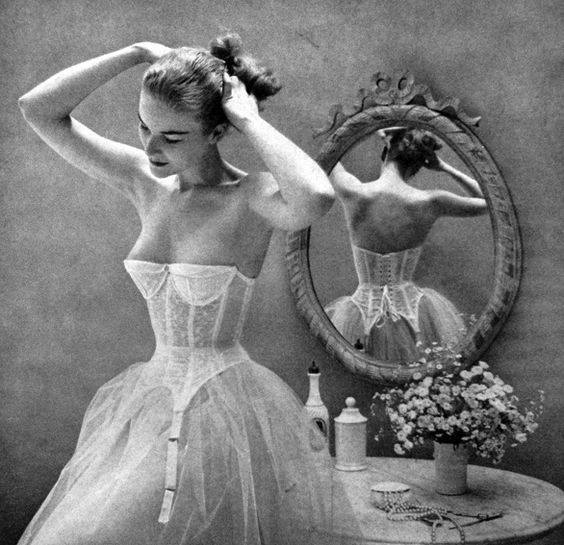
Now you!
If you are sewing your own dress, you can either create your own internal corset, or you can always wear a corset proper. One Dior model is quoted saying, “It’s the most amazing dress I have ever seen. I can’t walk, eat, or even sit down” (Sinclair 2015). That doesn’t necessarily have to be your fate when attempting to pull off a 1950’s couture look. I personally love to eat, so that’s non-negotiable for me. Some of the vintage repro shapewear is great, and I highly recommend getting a two-piece shapewear ensemble as it really helps define the waist. Some of the single-piece repro shapewear does not bring the waist in enough. Rather, they focus on smoothing out lines per our more modern inclinations. If you prefer a more natural shape for your dress inspiration, look towards Coco Chanel or Madame Grès, both of whom favored a romantic, almost Grecian fit.
As you can gleam from above, the bodice of your dress should be fitted, especially in the waist, but the skirt?

Knock over some ashtrays! Drop some jaws!
There are two distinct skirts from the 1950’s that Dior and other contemporary courtiers gave us: The full skirt and the wiggle.
The full skirts of Dior could range from 40-100 yards of fabric. They were puffy, diaphanous clouds of goodness. The look and drape of them can really only be achieved through layers and layers of tulle and proper padding.
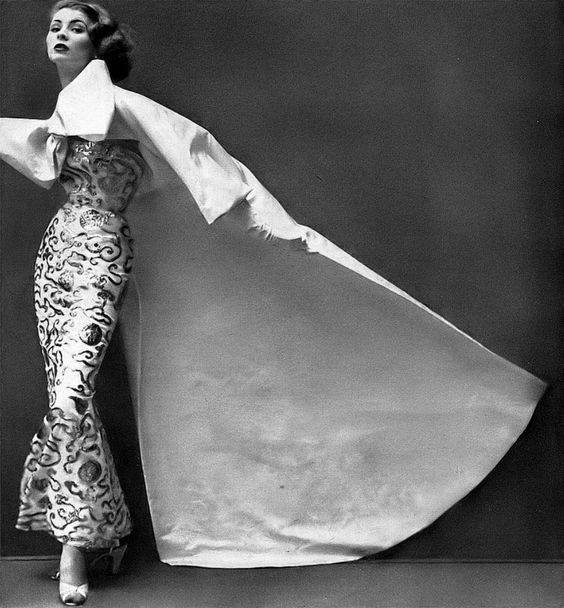
The wiggle dress, or what we call a wiggle dress, is another great look. These dresses were so tight that they had to have a slit just so people could walk in them! This seems normal to us, but at the time this was revolutionary.
Either of these styles would be perfect for the upcoming Havana ‘52 event! Choosing which comes down to your preference, as both styles were very much acceptable as formal and cocktail wear at the time.
Complete The Look
One of best parts about any well executed 1950’s look are the accessories that go with it! Gloves, pearls, clips, pins, hats and jackets!

It’s layer upon layer of confection, and you can get as glamorous as you like. Let’s also take a moment to appreciate the jackets of the 1950’s. Yes there were wraps, but there were some fantastic jackets. Dior and Balenciaga were kings of the lady’s jacket! Fitted or swing, jackets that complemented evening or day dresses can be seen in ads, extant pieces and patterns from the time. For a great example, take a look at Midge’s courtroom dress from the Amazon Original show, The Marvelous Mrs. Maisel. If you are making your dress, consider buying some extra fabric and taking a swing at a swing jacket. Or maybe one of the famous structured Dior evening jackets.
For an evening out in Havana you might want to consider picking up the following: small purse, small hat or fancy clip, faux pearls, opera gloves, and don’t forget the Cuban heeled stockings!

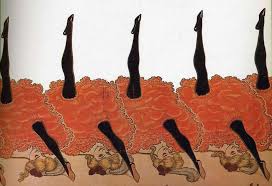
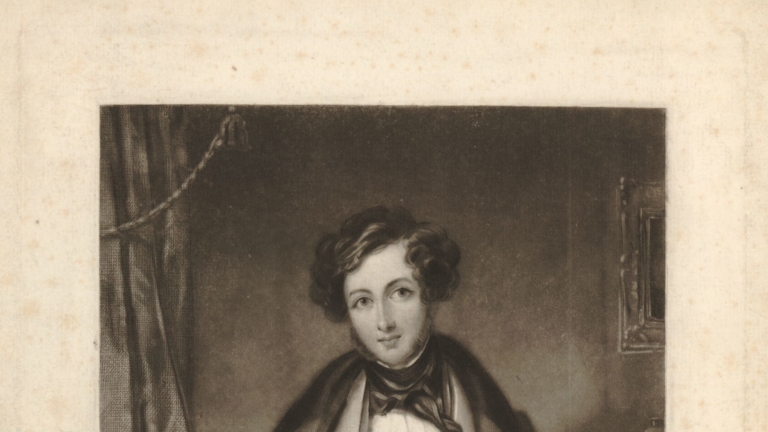
Katy
I am hoping to recreate Audrey Hepburn’s dress (well Edith Head’s) from Roman Holiday. The full princess gown she wears at the beginning. Do you have any idea of the under garments and type of petticoat she may have worn? And do you have any tips?
Thank you!
Nhl Stores
https://www.nfljersey.us.org/ Cheap Nfl Jerseys Outlet